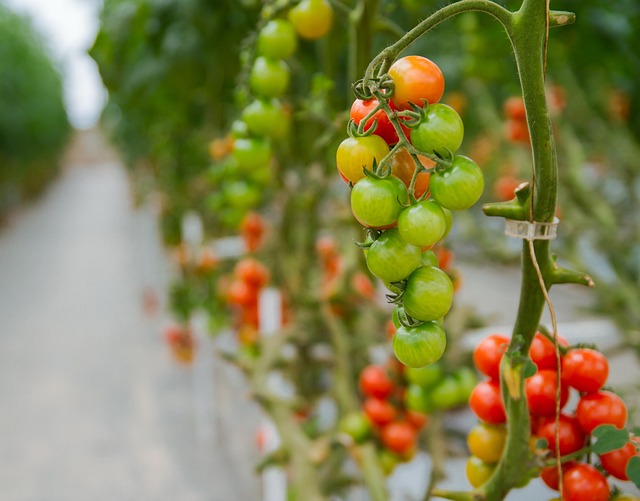
Factors Affecting Crops and Solution
Climate change, infestation of pests, and illness attacks have affected field fabrication. Food fabrication is impacted too by the grade of worn-out soils, conferring with cultivators. Cultivating under concealment – either a glasshouse with a plastic ceiling or insect mesh – aids guard plants against bugs and terrible weather. In greenhouse hydroponic growing methods, plants are endowed with mineral nutrients. According to the newest data from Statistics Mauritius, the food crops’ production under concealment is increasing, from 9,236.8 tons to 11,281.9 tons in 2023, with a harvesting region of 99.5 hectares.
Potentials of Hydroponics
Manoj Gooniah, a seasoned farmer from La Marie, explains that hydroponics are a sort of soil-less growing system in closed, moderated atmospheres that demands less harmful chemicals like insecticides and herbicides. The plant is betokened with answers rich in nutrients, oxygen, and water. Hydroponics is applicable for some commodities such as cucumbers, lettuce, bell peppers, and spices. Crops are more abundant than those of farming in the bare zone. For good harvests, it is optimum to practice biological manures. Nonetheless, the use of these commodities shows to be utile albeit the subsidy, as is the opening investment.
Pricing
According to Krit Beeharry, a representative for the Island Planters platform, this can be priced at about Rs 4,500 per square meter. Which consequentially influences consumer retail values although this system endorses greater crops.
Hydroponics in Cyclone
The farms, underlines Manoj Gooniah, are not affected during rainy times. But the layout of the glasshouse is in jeopardy in the amend of a disastrous cyclone. As a prompt, according to official valuation, following Cyclone Belal, glasshouse crops were not rescued, with devastation ranging from 10 to 65%.
Damage is Still Less Compared to Normal Farming
Nevertheless, devastation was extra in scarce zones, ranging between 40% and 75%, affecting the provision of fruits and veggies to the shopping house and values. Alongside cyclone devastation, the soil is depreciated. Considering this aspect also, the countrywide movement “Mama later pe soufer, nou bizin nouri so leva” is holding, set out on March 20 by the Inner Wheel Clubs of Quatre-Bornes and Curepipe.
Hydroponics Not Suitable for All Crops
Notwithstanding,
Manoj Gooniah calls out that hydroponics cannot be employed for all crops,
mainly for commodities in remarkable demand like potatoes and garlic. According
to him, it is hence not possible to bank 100% on hydroponics to cater to the
shopping house.
Things to Consider Before Investing in Hydroponics
Furthermore, Krit Beeharry added that glasshouses are now being affected by illnesses. He likewise alleges that there are hydroponic farms that are shunned. “Just as there are problems with field growing, there are also concerns with hydroponics. To implement hydroponics, you need knowledge in terms of diseases, management and products because it requires heavy investments. Growing products like cabbage would not be profitable because the selling price would be too high. It’s considered a sustainable crop, but we’re starting to run into difficulties.”
Source: https://lexpress.mu/node/533548


